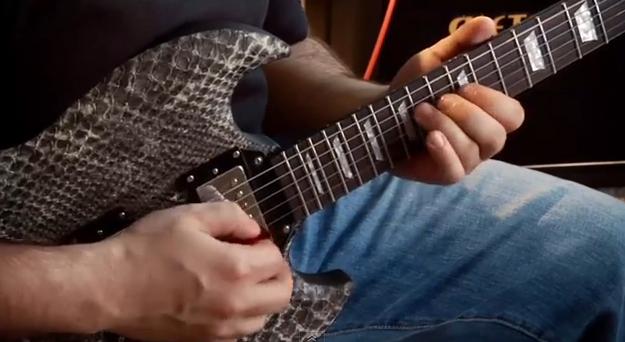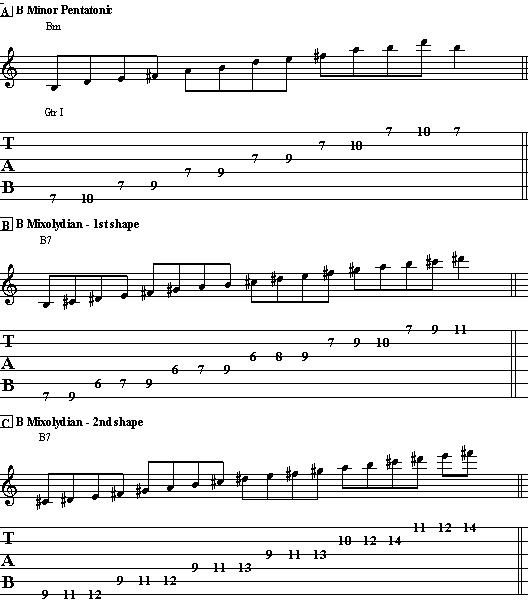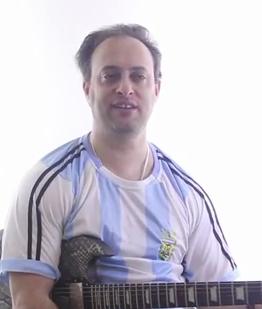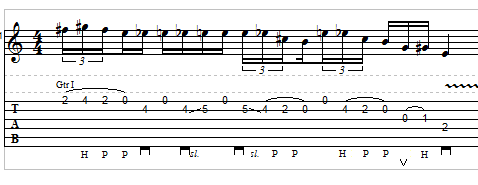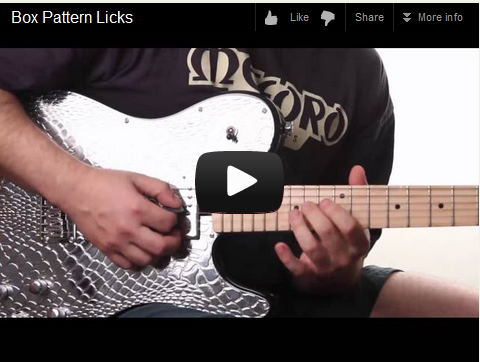Hey guys,
Here´s a sample of my new lead guitar course SUPERCHARGED SOLOING MADE SIMPLE!
More info coming soon about this new groundbreaking DVD course…
ORDER NOW! CLICK HERE FOR SUPERCHARGED SOLOING MADE SIMPLE
Lead Guitar Lesson – Supercharged Soloing Lesson Sample
Hey, guys. Claude Johnson, how’s it going and welcome to
Guitar Control II: Supercharged Soloing Made Simple. This
is a brand new soloing course and I’ve got a brand new
approach to lead guitar that I want to share with you
guys today.
In my first course, which was “Killer Guitar Control Secrets”
I talked about playing from the heart, the brain and hand
connection and really getting that gut-level feel going on
the guitar. Today I want to approach lead guitar from a totally
new perspective which I call fluency.
Now when you’re fluent in a language that means two things.
Number one, you’re very familiar with it so it’s effortless
and automatic and number two, you’ve got a nice vocabulary,
a lot of variety of colorful phrases that you can use.
What we’re going to do in this course is just help you get
really familiar with the fretboard and get your fingers up
and running so that you’re more free to express yourself.
And if you combine this with the playing from the heart
methods and everything else that you’re learning, it’s
just going to help add to your mastery.
We’re going to get to know the fretboard a lot better.
Then I’m going to give you some licks and phrases to
build your vocabulary and then we’re going to talk
about different ways that you can get even more
mastery, things like position shifting, three
notes per string playing, rhythmic playing,
tapping and a whole bunch of other cool stuff.
You can experiment with this. Again, you can move it to different
positions. I would actually just try to create your own licks
just like starting with this box. You can move this.
Now, I want to go back to the key of A. This next pattern
I call the new sweep. I call it the new sweep because it’s
in an unusual place. Usually we get stuck in the home position.
So we’re going to move up to the second position and we’re
going to go here on the 10th fret of the D string with our
ring finger and these three notes also happen to be a C major
arpeggio. We’ll see if we have time today to talk about
arpeggios later.
So we do this… Now I’m going to put my ring finger on the
next note and I’m going to bend all the way up to the next
note of the scale, which is actually up here. This is an
interesting technique because I’m going to be bending and
hammering kind of all in the same motion. Usually when we
bend our finger is kind of already in position. So here,
as you can see, my ring finger is on a different string
to begin with so I have to move it up and kind of hammer
it on and bend all in one motion. So from there you can do
anything you want. You can go back down. You can do
something else.
This next lick I call the double pivot and I call it the
pivot because we’re going to be pivoting, which means
alternating from one note to another note, back to the
first note and then to a third note. So here my pivot
note is this G note on the 10th fret of the A string.
Again, notice how I’m flattening out. It’s a little
bit of a tricky move there.
I’m going to pivot once, go back up the scale and then
I’m pivoting again off the 10th fret on the D string.
So real slow…
